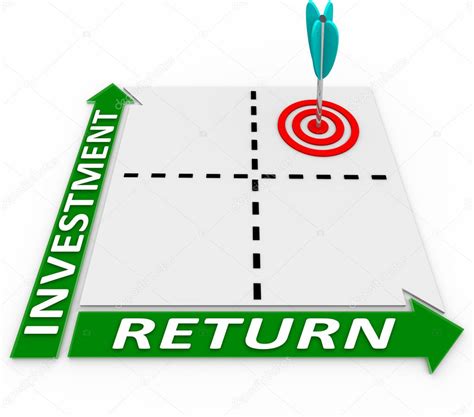Swap Meet Pricing: Maximize Your Return on Investment
Swap meets, flea markets, and antique shows offer a unique opportunity to turn your unwanted items into cash. But maximizing your profit requires a strategic approach to pricing. Simply slapping a price on your goods won't cut it; understanding the market, your competition, and the psychology of pricing is crucial for a successful swap meet venture. This guide will equip you with the knowledge to price your items effectively, maximizing your return on investment (ROI).
What Factors Influence Swap Meet Pricing?
Several key factors influence how you should price your items at a swap meet:
-
Item Condition: The condition of your item significantly impacts its value. A pristine, vintage item will command a higher price than a damaged or worn-out one. Be honest about any flaws and factor them into your pricing.
-
Demand and Supply: Research similar items sold at previous swap meets or online marketplaces (eBay, Craigslist) to gauge demand. If your item is rare or highly sought after, you can charge more. Conversely, if many similar items are available, you might need to price yours competitively.
-
Competition: Observe your competitors' pricing. This will give you a realistic benchmark for your own items. Don't undercut yourself drastically, but be aware of the prevailing market prices.
-
Your Costs: Don't forget the initial cost of the item (if applicable) and any cleaning, repair, or transportation costs. Your pricing should cover these expenses and deliver a profit.
-
Target Audience: Consider who you're selling to. A family-friendly swap meet will likely attract different buyers with different budgets compared to a more specialized antique show.
How to Price Your Items for Maximum Profit
There are several pricing strategies you can employ at swap meets:
-
Cost-Plus Pricing: This is the simplest method. Calculate your costs (acquisition, repair, etc.) and add a predetermined markup percentage (e.g., 50-100%, depending on the item and demand).
-
Value-Based Pricing: This approach focuses on the perceived value of the item to the buyer, not just your costs. Consider its rarity, condition, and potential use. If it's a unique piece, you can justify a higher price.
-
Competitive Pricing: Analyze your competitors' prices for similar items. Set your price slightly lower to attract buyers or slightly higher if your item is superior in quality or condition.
-
Bundling: Group related items together to offer a discounted package deal. This incentivizes buyers to purchase multiple items, increasing your overall sales.
-
Negotiation: Be prepared to negotiate. Many swap meet shoppers expect to haggle, so be flexible and willing to compromise, but don't undervalue your items.
Common Swap Meet Pricing Mistakes to Avoid
-
Overpricing: Pricing your items too high will deter buyers. Research the market and price competitively.
-
Underpricing: While it might seem like a good idea to attract buyers quickly, underpricing dramatically reduces your profit margin.
-
Ignoring Market Trends: Be aware of current trends and adjust your pricing accordingly. Certain items might be more or less in demand at different times of the year.
-
Inconsistent Pricing: Maintain consistency in your pricing strategy. Don't arbitrarily raise or lower prices without a clear reason.
How to Structure Your Pricing for Success
Clearly label all your items with their price. Use easy-to-read tags or signs and avoid ambiguous pricing. A clear pricing strategy inspires trust and ensures a smooth transaction.
What if my items don't sell?
If some of your items don't sell, don't be discouraged. You can always adjust your pricing, try different sales strategies, or re-evaluate your selection for future swap meets. Consider taking the unsold items home and trying another venue or platform.
By carefully considering these factors and implementing effective pricing strategies, you can significantly increase your chances of maximizing your ROI at your next swap meet. Remember to be flexible, adaptable, and always learn from each experience to perfect your swap meet pricing strategy.

